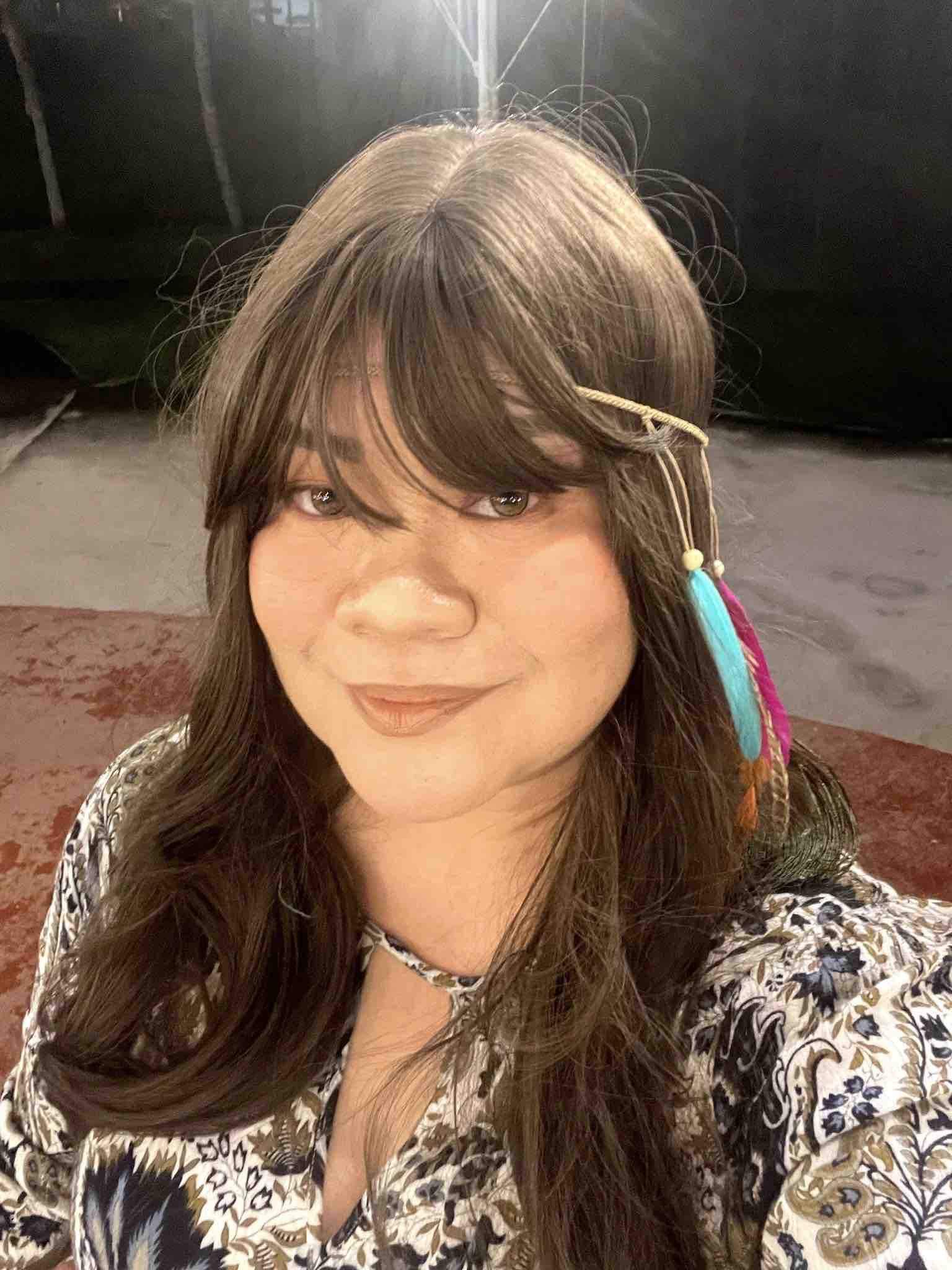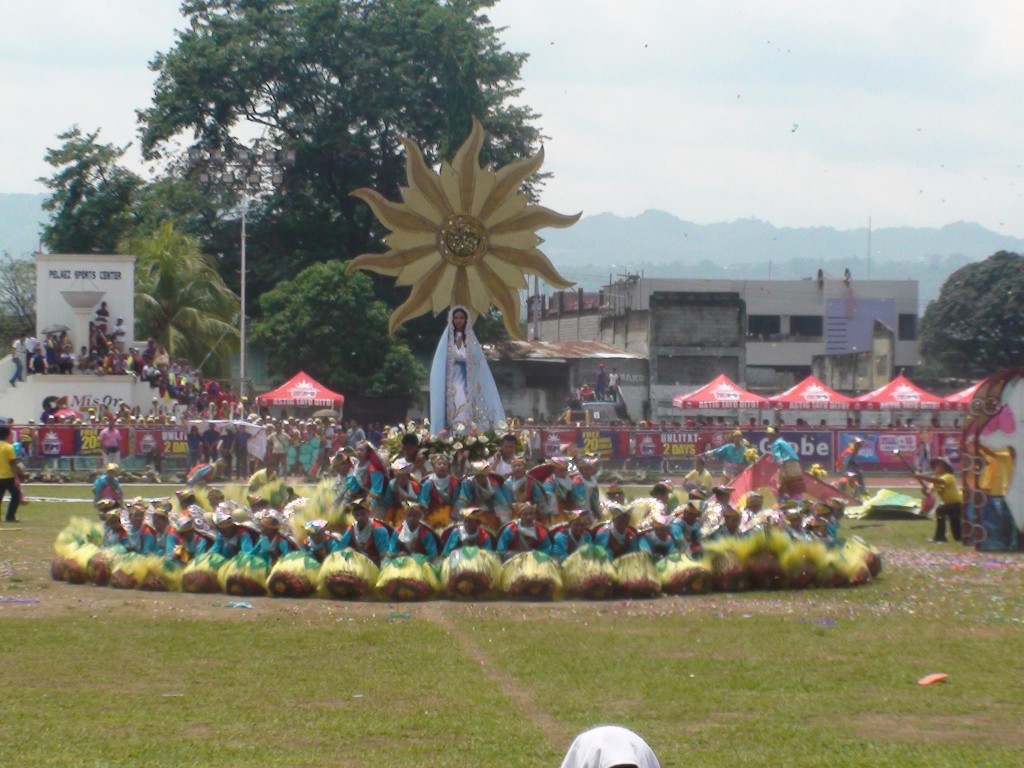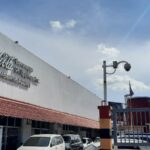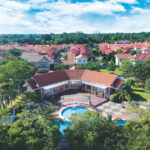If you set foot in the lands of Zamboanga City, one of the first things that get into your mind is the feeling that you’re in some other part of the world, perhaps in Spain or in Latin America. But don’t be deceived, you’re not in any city in the west; you are actually in a more beautiful and alluring city called Zamboanga.
Often called as “Philippines’ little Spain” and “Asia’s Latin City,” Zamboanga City is a highly urbanized city that lies in the southernmost tip of Region IX in northwestern Mindanao. The sixth largest city in the Philippines and among the few cities independent of any province, Zamboanga City is bounded to the north by land masses and to the other directions by water formations that include the Sulu Sea (west), Moro Gulf (east), Basilan Straight (south) and Celebes Sea (south).
The city is the nearest major urban center of the Philippines to the neighboring Southeast Asian countries and an important trading market of the growth polygon called Brunei – Indonesia – Malaysia – Philippines East Asian Growth Area (BIMP – EAGA). Because of its significant location, national and international airports and seaports were established in the city which makes it accessible from key cities in the country and in Southeast Asia.
While the 333-year rule of the Spaniards left indelible imprints on the country, nowhere was its legacy and culture so embedded than in Zamboanga City. The culture, religion and language that the Spanish colonizers brought along with them remain as verdant as it were centuries ago. What makes the city greatly Hispanic is its Chabacano tounge, a delightful mix of 60% Spanish language and 40% native dialects. Chabacano is the most widely used language in the city, especially in the urban areas. In the rural areas, however, the Visayan and Muslim dialects are spoken more often.
Apart from its corrupted Spanish language, the Christian religion, which is also an influence of the Spaniards, is well exemplified in the city. In fact, it is in the area where the first Catholic diocese in Mindanao was created in 1910. The diocese, now known as the Archdiocese of Zamboanga, was the religious center of Mindanao that controlled all of the island’s Catholic missions and activities.
But, of course, there is more to Zamboanga City than just being a small replica of Spain. It’s most dominant attraction is Fort del Pilar, a coastal fort built in 1635 which is of historical and cultural significance. The former garrison features the Our Lady of Pillar shrine, a national museum and a patio. It is also the site for several important social gatherings like citywide celebrations and festivals. Apart from Fort del Pilar, Zamboanga City also prides itself with the frequently visited Barangay Taluksangay where Islam was first introduced in the area.
Related Images:

Mindanaoan is a multi-awarded blogger, content creator, seasoned social media strategist and publicist with undeniably successful track record. 2012 International Visitor Leadership Program (for global leaders) alumnus and O visa grantee (for people with extraordinary skills and who have risen to the top of their field). Avid traveler and a proud relief operations volunteer. Regular resource person for social media, blogging and content creation. Available for work and travel – [email protected]







